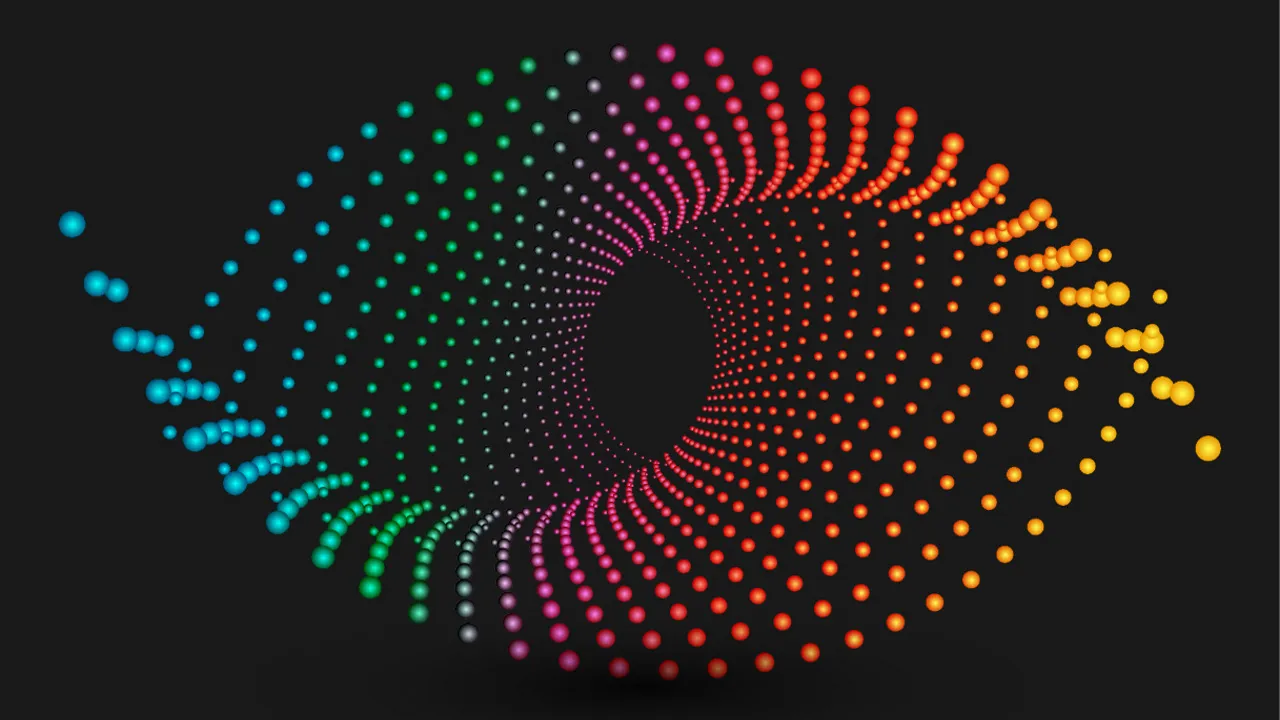
Whether de regueur or merely an occupational hazard, a love of technological gadgets is commonplace in computing. We know the endorphin-fueled euphoria of an early adopter, one willing to tolerate the failings of immature and possibly transient technologies.
Oh, how I loved my RIM 870, which made me a two-thumbed typist and allowed me to send email on the DataTAC network, long before the word BlackBerry conjured any vision other than breakfast jam! I wore a Microsoft SenseCam, learning that email, coffee and meetings defined my life.
My desk and closet are filled with "might have been" and "never were" technological artifacts. From a subcompact Poqet PC through an Apple Newton PDA to Ricochet network cards to a collection of bulky, CGA-based head mounted displays (HMDs), I have played with my share of bright, shiny toys. Today, Google Glass shines oh, so bright, with technological promise and cultural uncertainty.
All of which reminds me of the first time I pulled out an early early Motorola cellphone in an airport terminal, after an airline canceled one of my flights. This was in the early days of AMPS service, when mobile telephones were large and bulky and roaming service had yet to appear. As I called my office to rebook travel, a group of businesspeople gathered around me in wonder at this amazing and heretofore unknown technology. Years later, I was reflecting on the societal transformation wrought by mobile telephony as I listened to a middle manager obliviously pace an airport concourse while systematically firing the unsuspecting members of some company team via cellphone. In ictu oculi, sic transit gloria mundi!
I have been wearing Google Glass (hereafter, Glass) intermittently as both a technical assessment of utility and as a social study in human dynamics and expectations. What does the future hold? Prediction is very difficult, especially about the future. Attribute the quote to whomever you choose – Yogi Berra,Niels Bohr, or Mark Twain – its veracity remains.
Technical Experiences
My first impressions of Glass were generally positive, but I expected that; I have decades of Pavlovian conditioning to embrace technology prototypes with joyful abandon. Software configuration took most of an afternoon, as I connected my social networks to Glass and configured news feeds to balance timeliness and frequency, lest breaking news of the underwater basket weaving championship interrupt my reflections on the dismal state of research funding. Not surprisingly, these networks were heavily Google-centric, though I found the inability to send images to an arbitrary email address somewhat limiting. Ok, Glass, take a picture …
Because I am sufficiently myopic that escaping a broom closet is visually challenging, I wondered if it would be practical to wear Glass in front of my normal glasses, rather than fitting it to the custom Glass frames. Pleasantly, the answer is yes, if one carefully adjusts the prism. The screen is relatively bright and unobtrusive, and the head tilt adjustment angle simplifies screen activation and menu selection.
Is Glass a substitute for a smartphone? No, but it is not intended as such. Rather, it is a social and technical experiment in digital immersion and social commerce, from instant context sharing to walkabout video conferencing. In all of those things, it succeeds.
Social Challenges
Far more interesting than the technical features of Glass have been the social reactions it has engendered. When I am in a private setting, I always inform people that I will not take photos or record video using Glass without permission. I also invite people to wear Glass and experience it for a few minutes to allay fears. In public, I use Glass with great care, with as much deliberation and clarity I would use with a camera or smartphone.
The sometimes visceral reactions to the public use of Glass are rooted in deep social concerns about privacy and cultural norms, themselves shaped by the broader worries about government surveillance, data breaches, and identity theft. Glass also occupies something of an uncanny valley of privacy, arousing primal fears that the sanctity of one’s sensorium is being violated. The negative reactions have also been fueled by the annoying and sometimes foolish behavior of some Glass users. (See Google Glass "dos and don’ts," or how to avoid being a Glasshole.)
Each new technical change brings social and legal debates regarding acceptable use, debates made more pressing and contentious by the increasing rate of change. In the U.S., we are still defining the bounds of the first amendment on the right to take photographs in a public place, despite over 150 years of photographic technology experience and an abundance of case law.
One of the creators of mobile telephony once remarked to me that he was still surprised to see individuals speaking into thin air about intensely personal topics. That dystopian science fiction writer, Phillip K. Dick, favored the ancient line, "For now we see through a glass, darkly …" I could wax on at length in a metaphorical and epistemological exegesis of this prescient juxtaposition of technology, privacy and the nature of change, but a heads up news feed on Glass has captured my attention.
Looking Forward
It is not surprising that we are struggling to delineate the bounds of privacy and normative behavior in an age of ubiquitous digital devices. Some acceptable and normative issues of wearable technology will be decided by law, some by social consensus, and still others by concurrent technological evolution and generational acceptance. In the meantime, good sense should be applied liberally.
Despite all the uncertainties, I remain an optimist. Ok, Glass, send a message to the future …



Join the Discussion (0)
Become a Member or Sign In to Post a Comment